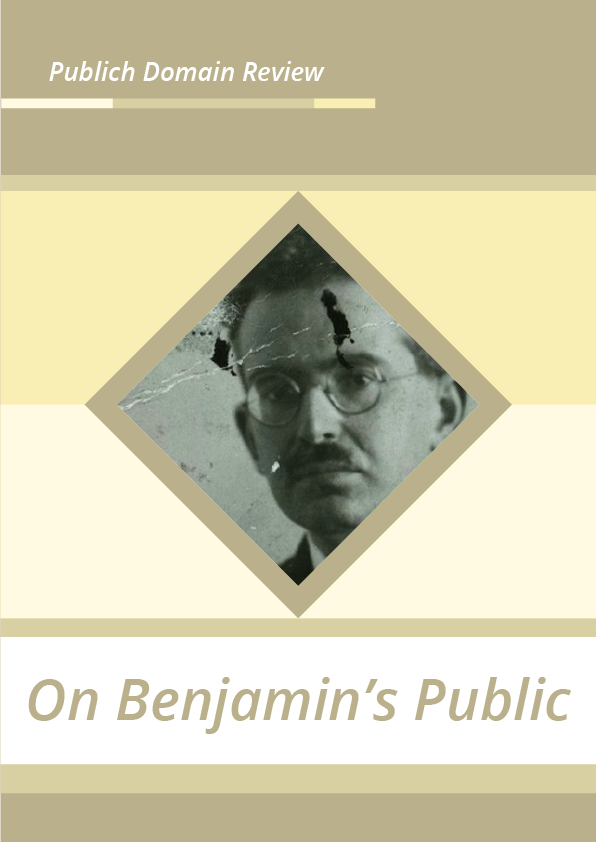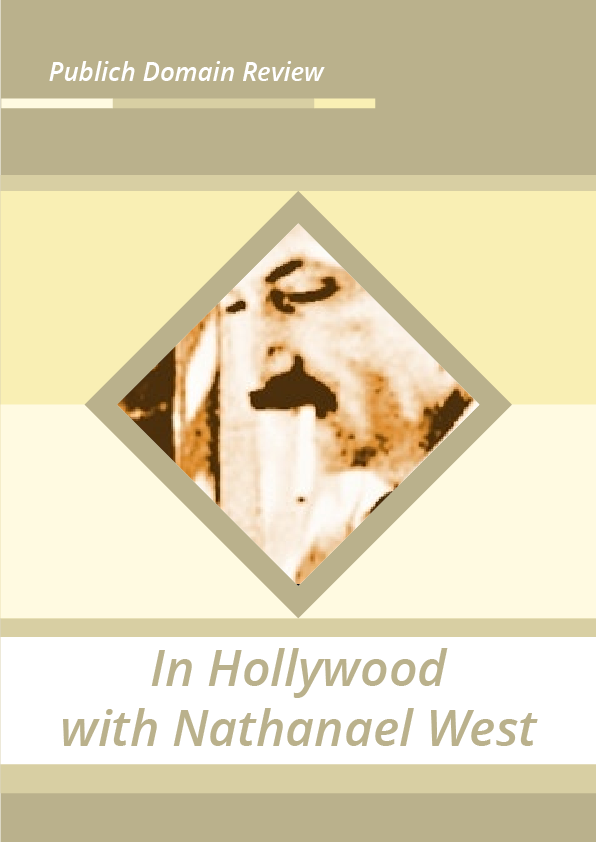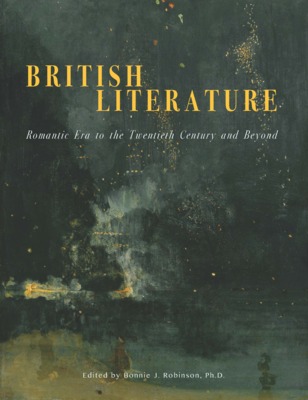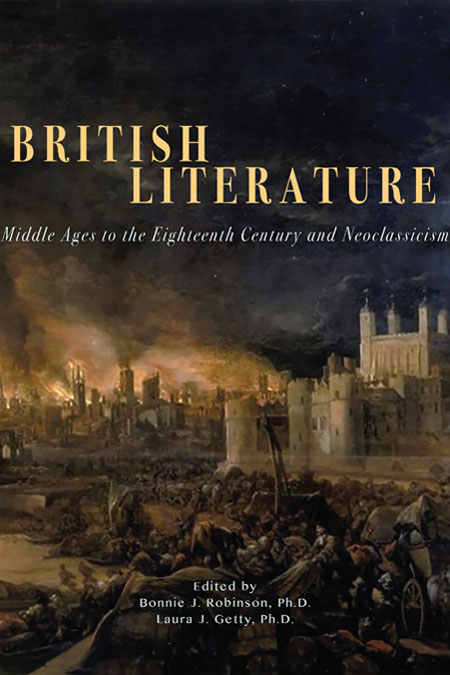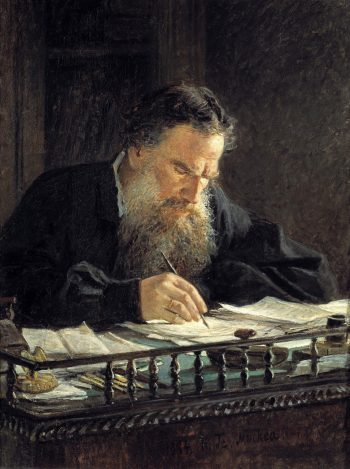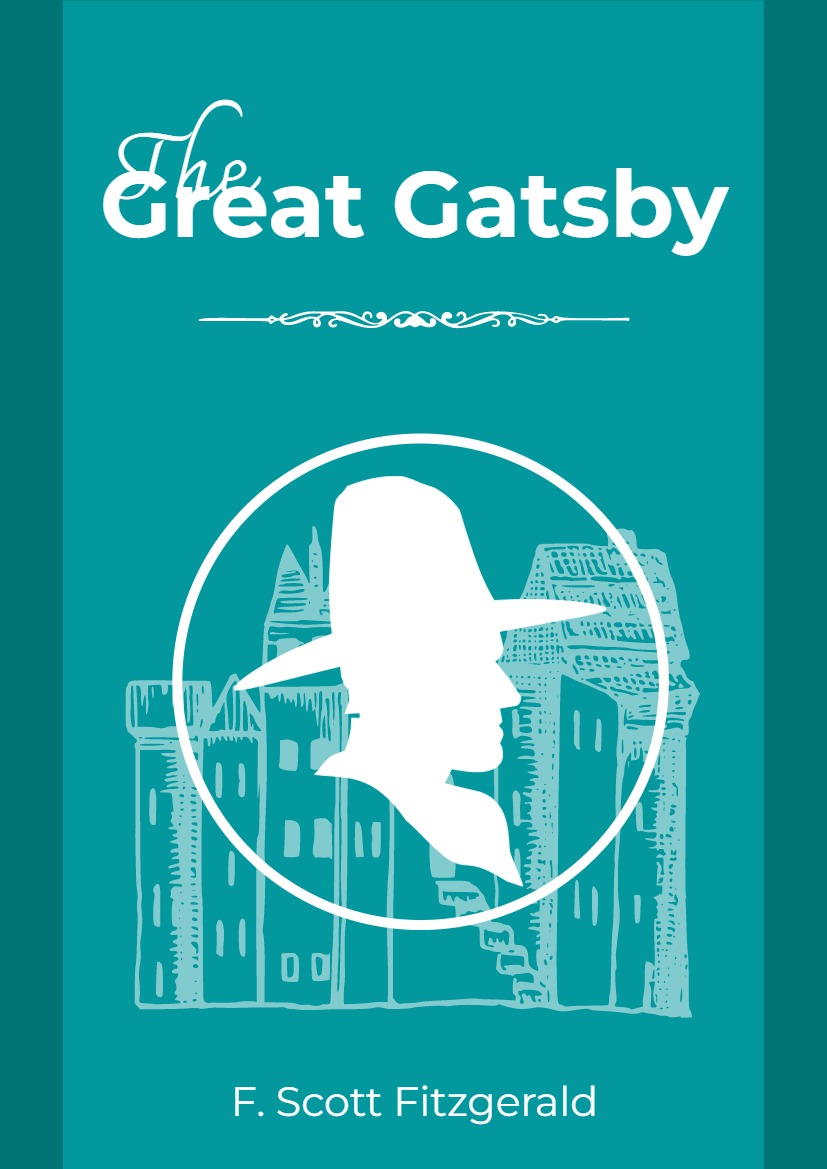On the run from the Nazis in 1940, the philosopher, literary critic and essayist Walter Benjamin committed suicide in the Spanish border town of Portbou. In 2011, over 70 years later, his writings enter the public domain in many countries around the world. Anca Pusca, author of Walter Benjamin: The Aesthetics of Change, reflects on the relevance of Benjamin’s oeuvre in a digital age, and the implications of his work becoming freely available online.
Walter Benjamin, a German-Jewish intellectual of kaleidoscopic abilities and interests – literary critic, philosopher, translator, essayist, radio presenter – has always fascinated academics and intellectuals. His dense academic prose, his unique reading of Marxism, his fascination with Jewish mysticism, but more importantly, his ability to capture some of the major transformations of the early 19th century Europe in a series of literal and temporal frames that distilled the very material which gave it consistency – iron, concrete, shopping arcades, new technologies such as photography and film, ideological propaganda – into words, earned Benjamin a cult-like following which continues today. Artists, philosophers, theorists from every discipline, continue to offer different readings and meanings to his work, which remains strikingly relevant to social and political transformations today.
If Benjamin’s public is mainly of an academic nature today, that was certainly not the case at the time of his writing. With his habilitation rejected by the University of Frankfurt, Benjamin was forced to survive outside of academia, and hence to write accordingly: most of his work appears in fragments – essays, short stories, journal entries, letters, newspaper and journal articles, radio broadcasts – which mainly appeared in the public domain through his journalistic and radio work, with the exception of a few pieces intended for publication by the Institute for Social Research led by Horkheimer and Adorno. This significantly affected not only his writing style – making most of it much more accessible to a larger public – but also his thoughts on the role of language and text. The fragmentary nature of his work, initially a result of financial and practical constraints, later became a trademark of Benjamin’s methodology, particularly obvious in his unfinished magnus opus, the Arcades Project.
Conceived as a catalogue of thoughts and images on 19th century Paris as the emblematic modern city, the Arcades Project brings incredible innovation not only stylistically – through the fragmentary nature of the text, which could be read and accessed in non-linear fashion – but also intellectually, by breaking the traditional frame of text which rests upon a necessary temporal and linguistic progression, and effectively establishing a new architecture which relies less on words and more on the images and material that those words conjure. Benjamin effectively reconstructs different Parisian frames, capturing them not unlike a photographer captures a scene. Each of these frames, as fragments of text, contains its own temporality, existing both in relation to but also independent from the others. By embedding the relevance of each frame into a temporality that emerges directly from the material it depicts – for example, by depicting the old Parisian arcades in ruin as a new type of architecture emerges – Benjamin creates a unique dialectic in which the present can never exist as independent from either the past or the future.
